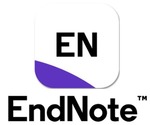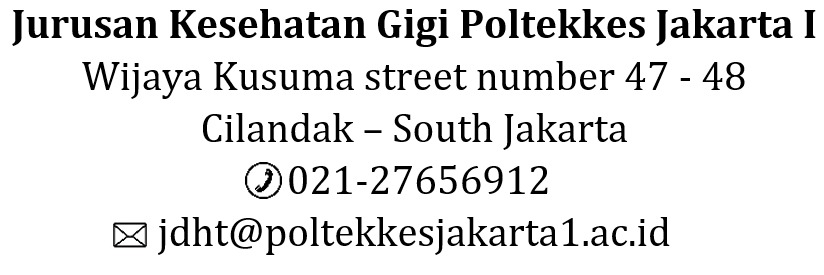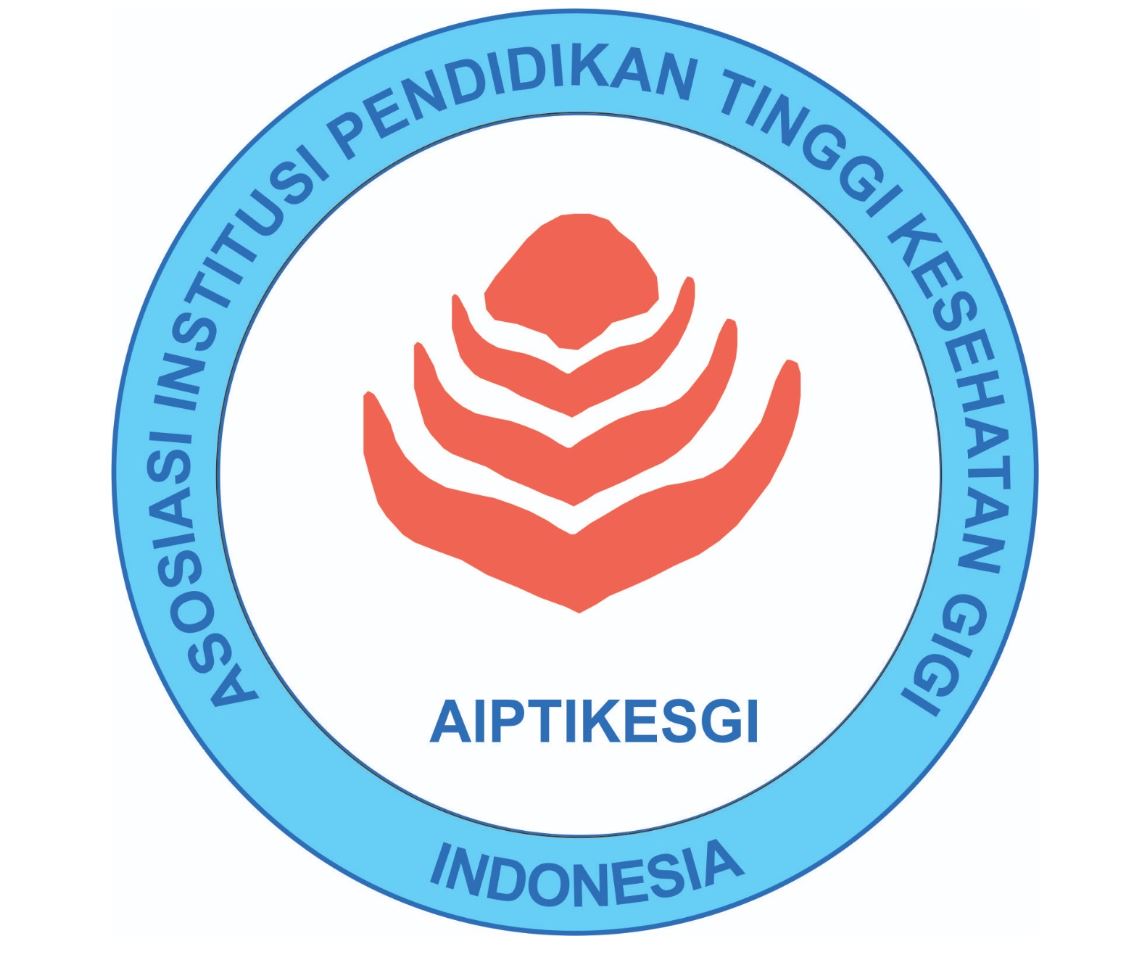MILK FEEDING PATTERNS ON THE INCIDENCE OF CARIES IN STUNTING CHILDREN
Keywords:
Caries, Milk, stunting ChildrenAbstract
Child growth and development is closely related to nutritional status. This nutritional status affects the weight and height of children. The group of children who are too short (stunted) compared to children their age are called stunted children, who if left unchecked are likely to continue to become stunted children. To meet their nutritional needs, children need good nutritional intake through nutritious food or drinks such as milk. Milk is one of the causes of caries in teeth. Objective: to analyze the influence of milk feeding patterns on the incidence of caries in stunted children in Rambang Muara Enim District, South Sumatra. This type of research is quantitative research with respondents totaling 41 stunted children aged 2-5 years and consuming milk, the sampling technique used was total sampling, measuring instruments used were question sheets on milk feeding patterns, data analysis used univariate and bivariate analysis. Research Results: Stunted children in Rambang District, totaling 41 children, have an average def-t of 5.92 with high criteria. The incidence of caries is due to the pattern of giving milk that uses sweetened condensed milk to drink daily, the frequency of drinking milk is too high. often, and larger amounts of milk, as well as the use of pacifiers. Based on statistical tests, the p-value was <0.005. Conclusion: There has been a significant influence of milk feeding patterns on the incidence of caries in stunted children in the district. Rembang Muara Enim, South SumatraDownloads
Download data is not yet available.
Published
2024-04-16
How to Cite
Marlindayanti, M., & Maris, G. W. . (2024). MILK FEEDING PATTERNS ON THE INCIDENCE OF CARIES IN STUNTING CHILDREN. JDHT Journal of Dental Hygiene and Therapy, 5(1), 25–31. https://doi.org/10.36082/jdht.v5i1.1511
Issue
Section
Articles
Copyright & Licensing
Copyright (c) 2024 Marlindayanti

This work is licensed under a Creative Commons Attribution-ShareAlike 4.0 International License.
















